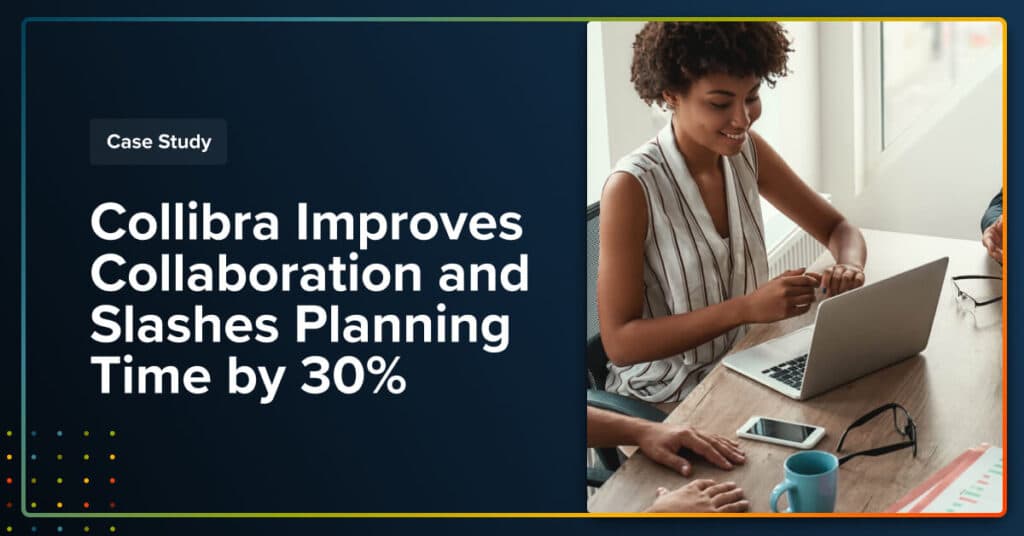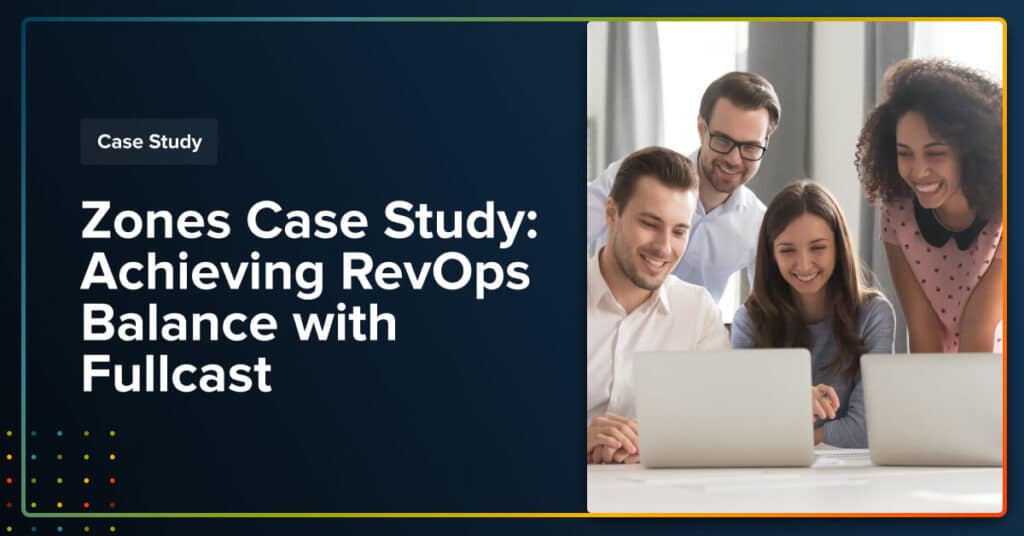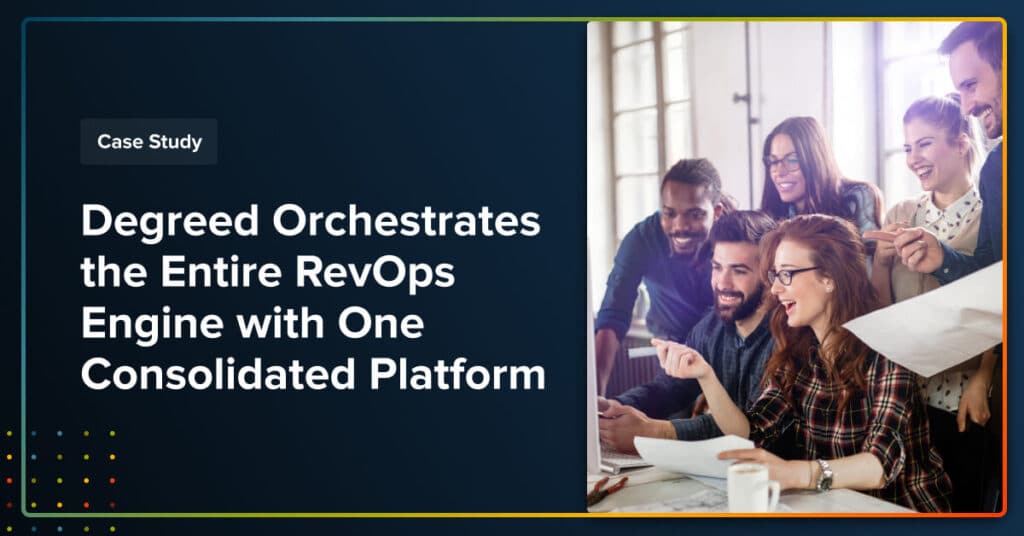TERRITORY MANAGEMENT
ASSIGN THE RIGHT RESOURCES TO THE RIGHT OPPORTUNITIES
Fullcast supports both phases of territory planning – territory carving and runtime territory management. Build perfectly balanced territories that drive more revenue, while keeping the territory architecture fresh and responsive to change.

Clay Blanchard
VP of Salses Operations, Collibra
“I would argue that without a tool like Fullcast, you cannot efficiently manage a [collaborative territory planning] process for an organization of any scale… With Fullcast, we’re trading internal meeting time for customer-facing time.”
Territory Management on Your Terms
Your customers aren’t one-size-fits-all, and your territory planning strategy shouldn’t be either. Fullcast’s territory management software lets you segment your territories and accounts by the differentiators that matter to you and your clientele, such as Firmographic, Status, or Needs-based criteria.
Create Balanced Territories in a Matter of Minutes
Outgrown your geographic territory plan? Let Fullcast’s SmartPlan AI engine quickly and intelligently create territories based on the criteria that matter most to your business – 10-20x faster than using spreadsheets.
Make Smarter Business Decisions
Easily model and test ‘what-if’ GTM scenarios to determine the best deployment of resources to eliminate coverage gaps and maximize returns. Deploy these plans to your CRM instantly. No spreadsheets required.
Keep Execution Aligned With Your Plan
Develop automated policies that codify the rules of engagement for your territory plan. Automated rules for lead routing, holdouts, account hierarchies, and more, keep all run-time components of your GTM plan operating in sync and ensure continuous GTM alignment.
Collaboration Made Possible
With Fullcast, Sales Managers can easily make plan updates or recommendations in your CRM, enabling meeting-free collaboration and complete alignment with the RevOps team.
A Single System of Record for Your GTM Plan
Fullcast captures effective dates for the entire account team so that there is no question who was doing what job on what territory at what time. This makes it easy and painless to plan for new employees and to pay team members promptly and fairly.
OUR SUCCESS STORIES
Frequently Asked Questions
Why do you need territory management?
Territories are a business’s way of taking the total addressable market (TAM) and distributing it to their sales reps. At the same time, for sales reps, territories are their book of business. Reps want to ensure their territories are robust enough to meet their quota and earn their commissions.
Territory management is required to ensure both of these needs are met. RevOps must carefully manage the number and types of accounts in a territory to ensure the pipeline coverage ratio is sufficient to meet revenue targets and that all sellers have a good chance at making their number.As reps work opportunities and their pipeline fluctuates, intelligent territory management is a key input to keep forecasts accurate.
What capabilities are required for territory management?
For territory management to be effective, RevOps needs to manage both sales territory planning and runtime territory management. In most cases, sales territory planning is an annual effort where territories are carved, balanced, and rolled out to the field (both sales and customer success).
Secondarily, but no less important, RevOps needs to manage the daily business of sales and respond with agility to changing market dynamics (e.g., seller churn, m&a activities, strategy changes) with run-time territory management. In fact, many organizations are moving away from the concept of the one-and-done annual sales plan, and moving toward a more fluid and continuous territory management approach.
Does Fullcast territory management software integrate with other Sales and Marketing tools?
Fullcast works symbiotically with Salesforce or other CRMs. It’s easy to connect Fullcast to your existing Salesforce accounts (or any of our current integration partners). Two-way integration means that any changes that occur within Salesforce will also be sent to Fullcast, so you can plan your strategy with confidence knowing that you’re working with the most up-to-date sales data possible.
Similarly any changes made to your GTM plan are instantly synced with Salesforce so that execution is always aligned with the current strategy. No waiting for spreadsheet updates or uploads—just the information you need, as soon as you need it.






